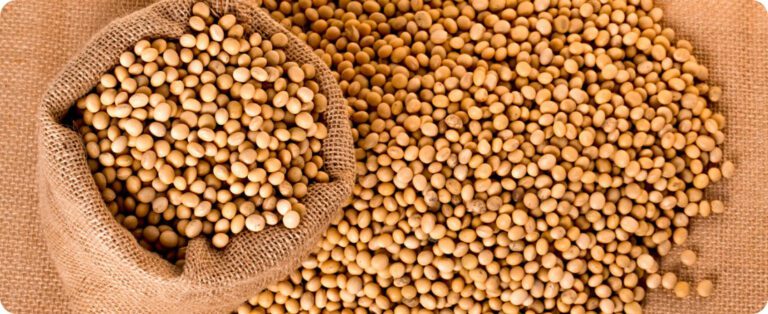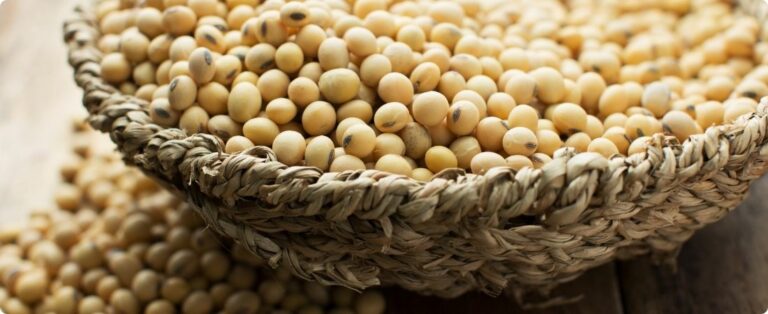The continuation of the incisive process of recovering prices for live chicken allowed the product to gain greater value last April than corn, a fact rarely observed under the current Brazilian monetary system. In 2018, for example, this only happened once, in October. Even so, chicken and corn remain at approximately the same price parity observed in 1994, when the Real was implemented in the country. At that time, 12.8 kilos of live chicken were needed to purchase a bag (60 kg) of corn . Last April this volume fell to 11.3 kilos of live chicken – around 11% less.
This is not what has been happening with the egg. Even though April recorded the best performance of the last 10 months, in addition to obtaining an appreciation of 13.5% over the same month in 2018, it continues to face – in relation to corn – a price parity very different from that recorded in 1994. So, a carton of eggs (30 dozen) allowed purchasing 2.5 bags of corn, a volume that has now dropped to less than 2 bags, that is, almost 25% less.
Note that this weak performance persists despite the decline in corn, whose average price fell by around 7% compared to the previous month, remaining 5% below that recorded in April 2018. Worse, however, is the loss experienced in relation to inflation (in this case represented by the IGP-DI of Fundação Getúlio Vargas). Well, had it followed the inflation rate, eggs would have been sold last April for almost R$140.00/box. It reached just over half of that amount.
With chicken and corn, losses are smaller. The real price of the grain should be around R$55.00/bag. Reached lower nominal price 27%. And live chicken, traded on average for R$3.55/kg, reached 82% of the real value (R$4.32/kg by IGP-DI). But there have been much better results. In November 2015, for example, the difference between the nominal and real value was less than 10%.















